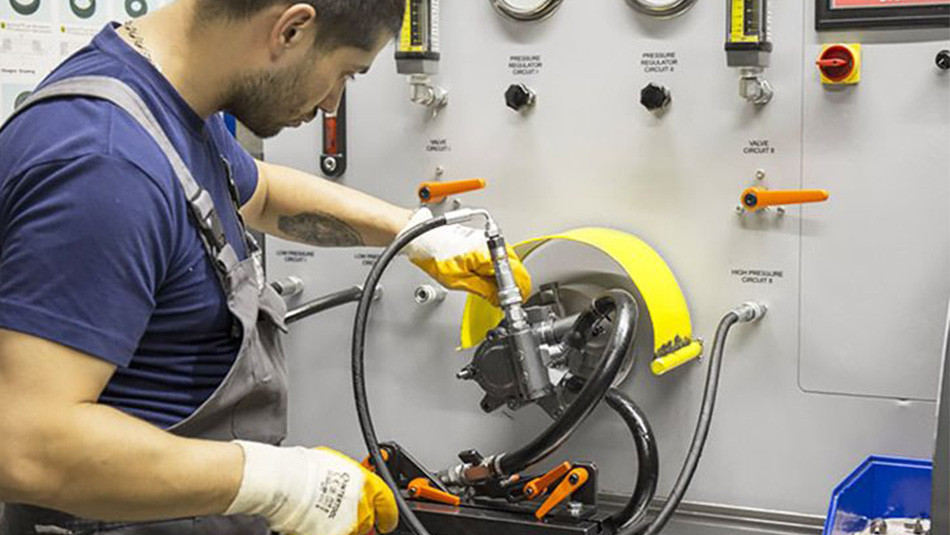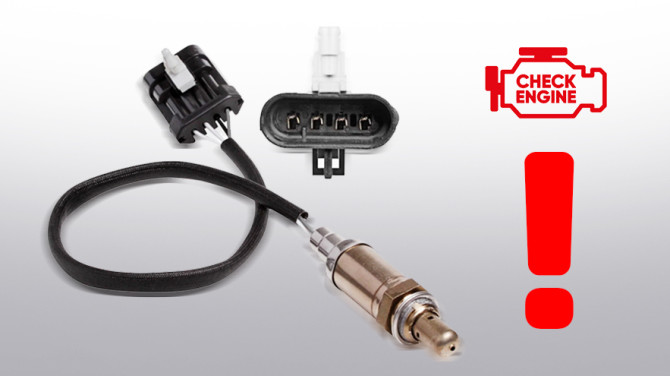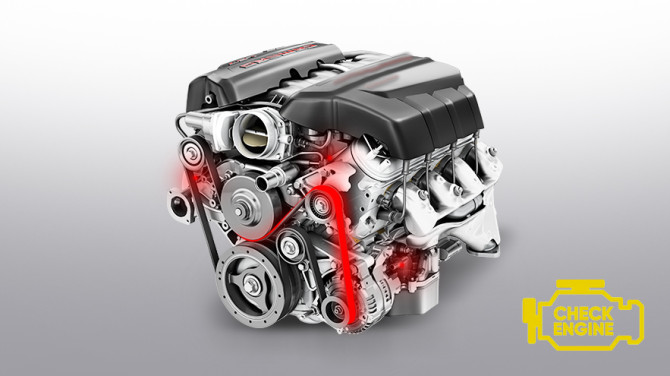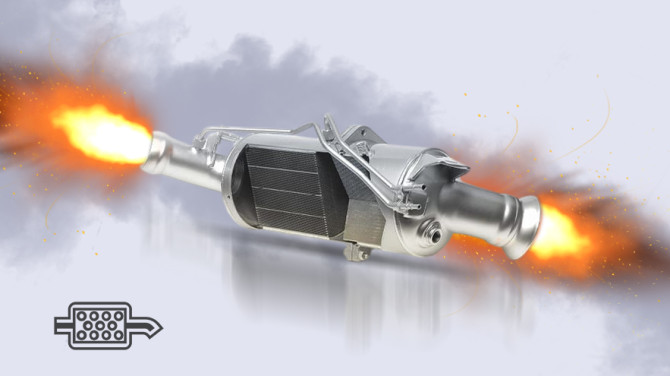Steering gear diagnostics: How to select a steering gear repair kit

Diagnosing the steering system is a crucial procedure, without which the repair or replacement of system components is not possible. Steering system diagnostics involve more than just turning the steering wheel, checking rubber covers, and looking into the reservoir.
What is Checked in Steering System Diagnostics?
The answer to this question is simple – everything. Damage to any part of the steering system affects the entire system's operation, so the following components are checked:
- Steering rack or worm gear
- Power steering pump
- Steering column
- Steering rods with tie rod ends
- Hoses, reservoir, and oil condition
- Control module (if present)
- Diagnostics of the power steering pump on a special stand
Types of Steering System Diagnostics
Steering system diagnostics can be comprehensive or partial – checking specific parts. Full diagnostics is necessary when:
- The car has not been driven for an extended period. In such cases, the entire system should be checked because parts may rust, and the oil may lose its properties due to temperature changes.
- You frequently drive on uneven and bumpy roads or uneven terrain. This primarily affects steering system elements and suspension. Consequences of such driving include wear on steering rods and tie rod ends, teeth on the gear rack, and distributor; leaking oil; a humming pump; intermittent or tight steering. In short, a comprehensive diagnosis is needed.
- The oil has not been changed for a long time. In this case, the entire system needs to be checked – old oil may be saturated with dirt and metal shavings, which could damage the pump or steering gear.
- You are buying a used car. Checking not only the steering system but also all components is necessary when buying a used car since there is no certainty about how the previous owner maintained the vehicle.
- The mechanic at the workshop cannot verify the fault. Every reputable mechanic should be able to quickly find a problem, but there are situations where everything needs to be checked step by step.
Partial diagnostics is simpler – it is necessary when the workshop mechanic, during preliminary checks, detects a fault. The damaged unit is then removed from the vehicle and re-diagnosed on a special stand to locate the fault and its causes.
Stages of Steering System Diagnostics
Diagnostics begin with a preliminary check. The mechanic assesses how the steering wheel operates, checks the oil condition, listens to the pump and steering gear, evaluates the condition of the belt, covers, rods with tie rod ends. Then there are three options:
- If a damaged unit is identified, it is removed, repaired, tested, and reinstalled. The entire system is then checked for proper operation.
- If the system is not functioning correctly due to individual parts, such as a rod, tie rod end, or timing belt, the component is replaced with a new one. The operation of the steering system is then checked.
- If the cause of the malfunction is not fully understood, a comprehensive diagnosis of the entire system is carried out.
When to Check the Steering System?
You should check the steering system if:
- The steering wheel is difficult to turn, moves intermittently, vibrates, does not return to the neutral position, or if the wheels respond late to steering input.
- Unusual sounds are heard during driving and steering.
- There is play or knocking while driving.
- Oil is leaking, foaming, or has changed color. If the oil is worn out, it should be replaced quickly; otherwise, the pump, distributor, and rack will wear out much faster.
In each of the above scenarios, it is essential to contact a specialized service and schedule a diagnosis. The sooner you do this, the more likely it is that steering your car can still be saved.






